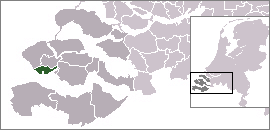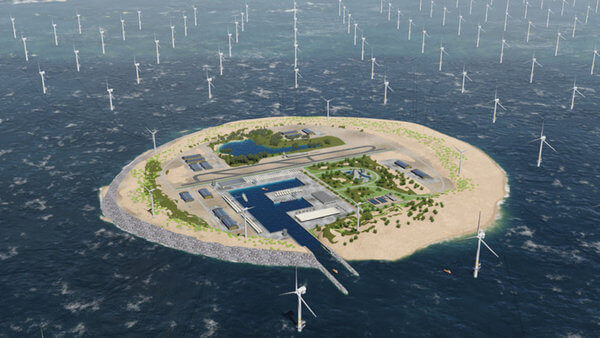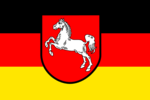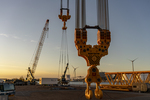News Release from windfair.net
Wind Industry Profile of
Offshore Boom in the Netherlands
Long tradition
MHI Vestas Offshore Wind is the newest company to invest heavily in the Netherlands. The Danish-Japanese specialist for offshore wind turbines has leased 20 hectares of land in the Dutch port of Vlissingen. A facility for the pre-assembly of offshore wind turbines is being built there.
Bo Bjerregaard, Director of Global Pre-Assembly & Logistics at MHI Vestas, emphasised the long tradition of commitment in the Netherlands: “Our experience in the Dutch offshore wind market dates back to 2007, when the first offshore wind power plant was installed. Today, we’re proud to announce our newest investment in the Netherlands and are pleased to play a role in the creation of local jobs at the historic Port of Vlissingen. Establishing this facility further demonstrates our long-term commitment to the Dutch offshore wind market and will expand our expertise in the region.”
 Exposed location
Exposed location
The port of Vlissingen is increasingly developing into a strategically important location. Its exposed location at the mouth of the Westerschelde (see left, map of Wikipedia) makes it attractive for the maritime industry, and the offshore areas of neighbouring Belgium are also easily accessible from here. The port has no tidal restrictions and is also equipped with excellent hinterland connections. Among others, the shipyard Damen - now also active in shipbuilding for the offshore wind sector - has its headquarters here.
Initially, up to 50 new jobs will be created, but Ludolf Reijntjes, managing director of the BOW terminal in the port of Vlissingen, says: “This new contract will mean a lot to Zeeland Seaports, BOW, Vlissingen and surrounding communities for years to come. Beyond direct employment at the port, there will be many opportunities for local supply companies as well.”
The first project for MHI Vestas in Vlissingen planned for the end of 2018 will be the Norther offshore wind farm, located 23 km off the Belgian coast and in the immediate vicinity of the new pre-assembly plant.
Experience in seaward land reclamation
Offshore wind energy is also a hot topic in Rotterdam, 80 kilometres to the east. The port company of the second-largest city in the Netherlands has now joined the North Sea Wind Power Hub Consortium as its fifth partner. In the hub formed by TenneT TSO B.V. (Netherlands), Energinet (Denmark), TenneT TSO GmbH (Germany) and Gasunie (Netherlands), investigations into the development of a large-scale sustainable European energy system in the North Sea are to be accelerated.
Central to this vision is the construction of one or more so-called ‘Power Link Islands’ or hubs with interconnections to the countries bordering the North Sea. These artificial islands/hubs will be situated in the North Sea. A Power Link Island will be able to accommodate a large number of links to wind turbines and/or offshore wind farms, and facilitate the distribution and transmission of wind-generated electricity via direct-current connections to the North Sea countries (Netherlands, Belgium, UK, Norway, Germany and Denmark). These connections – so-called ‘Wind Connectors’ – will not only transmit wind power from the wind farms to the hub/island, but will simultaneously serve as interconnectors between the energy markets of the aforementioned countries, enabling them to trade electricity across their borders. On a Power Link Island, wind power can also be converted to sustainable hydrogen for large-scale transport to shore or for storage or buffering purposes.

A Power Link Island (Image: TenneT)
Allard Castelein, CEO, Port of Rotterdam said: “Industry needs sustainable electricity and hydrogen if it is to meet the climate change targets of the Paris Agreement. The concept of a North Sea Wind Power Hub is an appealing prospect for the development of a large-scale, sustainable energy system in the North Sea. We are experienced in seaward land reclamation, and we are happy to contribute this expertise to the consortium. We really need to speed up efforts to develop large-scale offshore wind energy capacity, and ensure this capacity is effectively integrated into the relevant plans of the North Sea countries.”
- Author:
- Katrin Radtke
- Email:
- press@windfair.net
- Keywords:
- MHI Vestas, Netherlands, offshore, Rotterdam, Damen























